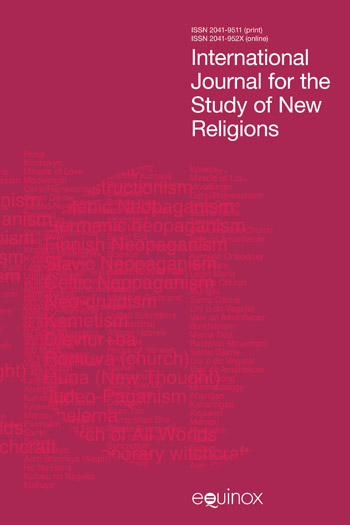Reviews
James R. Lewis was a pioneer in the academic study of New Religious Movements, conspiracy theories, and their intersections with violence. Violence, Conspiracies, and New Religions brings together leading scholars to explore these subjects through a rich, interdisciplinary lens, reflecting the vast impact of Lewis’s scholarship. This volume is essential for anyone seeking to understand the complexities of contemporary religious movements, their entanglement with conspiracy thinking, and the narratives driving acts of violence in today's world. A fitting tribute to a towering figure in the field.Amarnath Amarasingam, Associate Professor, School of Religion, Queen's University
An engaging set of well-crafted essays, many by leading researchers, covering many of the dominant concerns of Jim Lewis’s prolific scholarship. The volume provides new and significant insights into the nature, study of, and societal response to, new religious movements, religiously inspired violence, and conspiracy thinking.
Lorne L. Dawson, Distinguished Professor Emeritus, University of Waterloo, Canada







